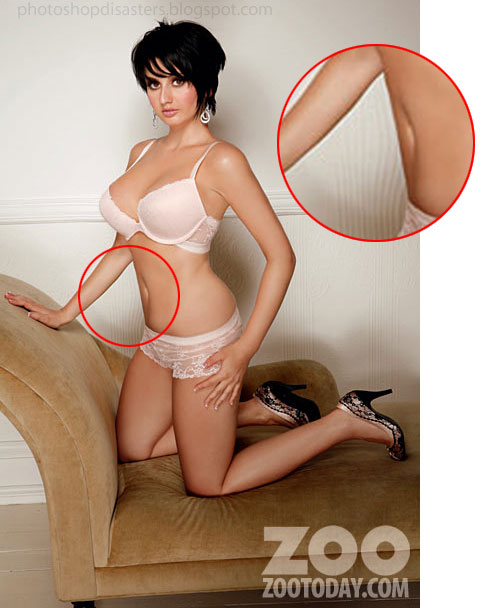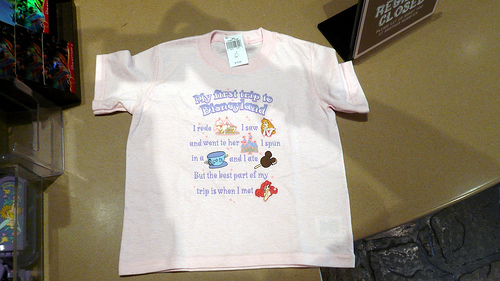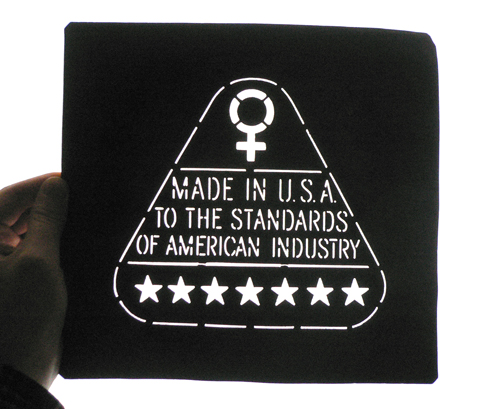Look for how the striation on the wall bends in towards her belly where they thinned her midsection:

Like in the above photo, here the square tiles in the wall are warped, reflecting where they tapered her waist:

Check out the shadow to see her pre-photoshop profile:

These women are, of course, genuinely thin. Much photoshopping isn’t about correcting “faults” (like a blemish), it’s about creating an unrealistic image. These images remind me of Gwen’s post on the “fat” supermodel, Karolina Kurkova. Kurkova is still incredibly thin! The problem is that her body is betraying its humanness. Like in the image above, where her body (god forbid) reacts to the string squeezing her midsection, Kurkova’s body reacts to the way she is moving it (with the squishing of her mid-back and buttocks). There is no amount of thinness that will make you not human, but this is what we’re supposed to be aiming for. And, if we get there, we’re not supposed to look skinny! You might remember this photoshop example in which bones protruding from Cameron Diaz’s body are photoshopped out to make her thinness look more “healthy.” So it’s not enough to rid yourself of the fat part of you, now they are ridding us of our very skeletons with photoshop.
In Unbearable Weight, Susan Bordo argues that compulsory thinness for women isn’t just a standard of beauty, it’s literally about making women less. How much of us do they want to get rid of?
All three found at Photoshop Disasters.





